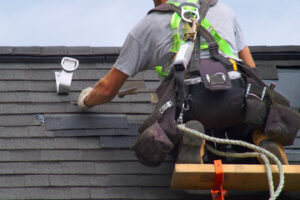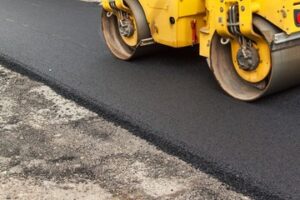Expanding living spaces offers homeowners the opportunity to adapt to their family’s changing needs without the hassle and expense of relocation. From bedroom additions to kitchen upgrades, home additions enhance comfort and functionality while adding value.
A well-designed home expansion integrates contemporary design trends and maximizes space to elevate daily living. Visit Us Here and explore our most popular home expansions for growing families.

Kitchen Expansions
Homeowners often find themselves in need of a bigger kitchen, and this is one room where a bespoke extension can make a difference. It’s also a great way to add value to a property.
Considering how much time you and your family spend in the kitchen, it’s important to make sure this space meets the needs of a bustling household. Whether you want more prep areas for multiple cooks, increased storage solutions, or better connections between your kitchen and dining spaces, a quality kitchen addition can make all the difference.
To help you get a clear idea of your kitchen expansion project, our team will ask questions about your lifestyle and cooking habits. During this process, we’ll take into account how many cooks are likely to be in the kitchen at once, what kinds of meals you typically prepare, and if you have pets or children who use the space.
It’s essential to think about how natural light flows into your home when planning a kitchen extension, too. This is an area where a well-placed skylight or large window can dramatically increase the amount of sunlight that enters the room. This can improve both mood and energy levels and create a more inviting space that’s more pleasant to spend time in. It can also help keep your kitchen looking its best.
Family Room Expansions
Families spend a significant portion of their time together in the family room. A dedicated space for bonding, relaxation, and entertainment can help foster connection and encourage healthy lifestyles. Family room additions are often designed with adaptable layouts and customized features to support multiple uses over the years. Customized options include home theaters, built-in storage, fireplaces, and coffered ceilings to enhance aesthetic appeal and create an inviting ambiance.
A well-designed family room can enhance a home’s appeal and boost its value. It’s also an excellent investment to consider if you anticipate future needs for additional living space, including a nursery for infants and young children, a dedicated homework area for older kids, or an extended guest suite to accommodate visitors.
Whether you opt for a bump-out, sunroom, or great room expansion, you can design an open concept that seamlessly merges the family room with kitchens and dining areas to improve functionality and facilitate movement. You can also incorporate high-quality windows to optimize natural light and scenic outdoor views for a luxurious, modern look that maximizes livability. Ultimately, a quality Maryland family room extension is a cost-effective solution for families that provides a solid return on investment and boosts overall property value.
Bedroom Expansions
A bedroom addition is a simple and cost-effective way to provide extra space for kids, guests, or yourself. It is important to choose a team of experienced professionals who can not only ensure the technical aspects are flawlessly executed but also guide you through the creative process and offer suggestions you may have never considered.
A thoughtfully designed room addition allows for a variety of functions, including the creation of a nursery, guest suite, home office, or workout room. It is a great way to future-proof your home, as it can be easily transformed to meet your family’s changing needs and lifestyles.
If a full-house addition is too large an undertaking, a bump-out is a great alternative. This type of room expansion adds a small amount of space, such as two feet, to your existing structure without altering the existing foundation significantly.
Many older homes are built with too few bathrooms, making it difficult for everyone to get ready in the morning. A bathroom bump out provides the solution, whether you expand your master bathroom to include a luxurious bath and double vanity or convert an existing room into a new bath for your children or guests. Either way, an additional bathroom will help everyone enjoy the peace and privacy that comes with a personal space to get dressed and prepare for their day.
Bath Expansions
The right bathroom expansion delivers a blend of improved aesthetics, added value, and enhanced daily living quality. Whether the need is for more space to accommodate children or aging parents, or the demand is to create a refined workspace, well-planned bathroom additions offer an ideal solution for modern families.
The main difference between a bathroom extension and an addition is that extensions focus on modifying existing spaces, while additions involve building up or outward from your current home footprint. The most important factor in determining which project type is best for your needs is honestly assessing your family’s real-world requirements.
While the cost of a home addition typically varies more widely than that of a bathroom expansion, there are many aspects of both projects that can be DIY-friendly. Demolition (with appropriate safety precautions), painting, simple tiling on non-wet surfaces, and installing pre-made vanities are all projects that can often be handled by the homeowner to save money.
The overall costs associated with a bathroom expansion largely depend on the scope of the project, as well as local and state zoning laws. Homeowners can expect to pay a premium price for these types of projects, though a well-planned bathroom expansion can provide a high return on investment. By exploring a variety of design options, incorporating sustainable features, and focusing on the importance of high-quality materials, you can ensure that your new bathroom meets or exceeds your expectations for style and functionality.


